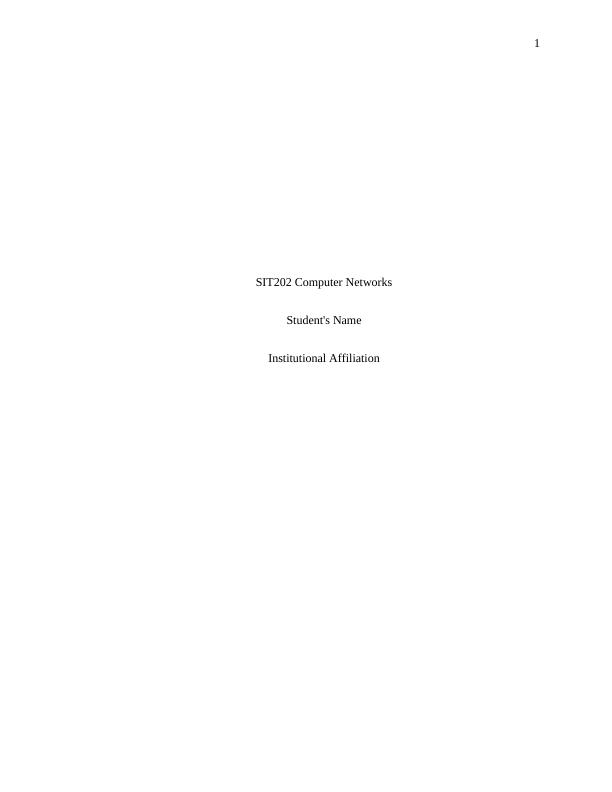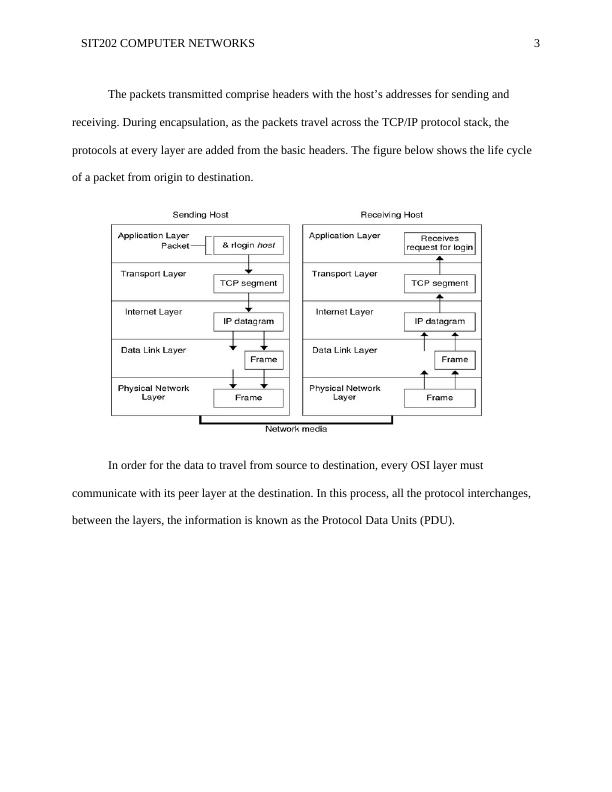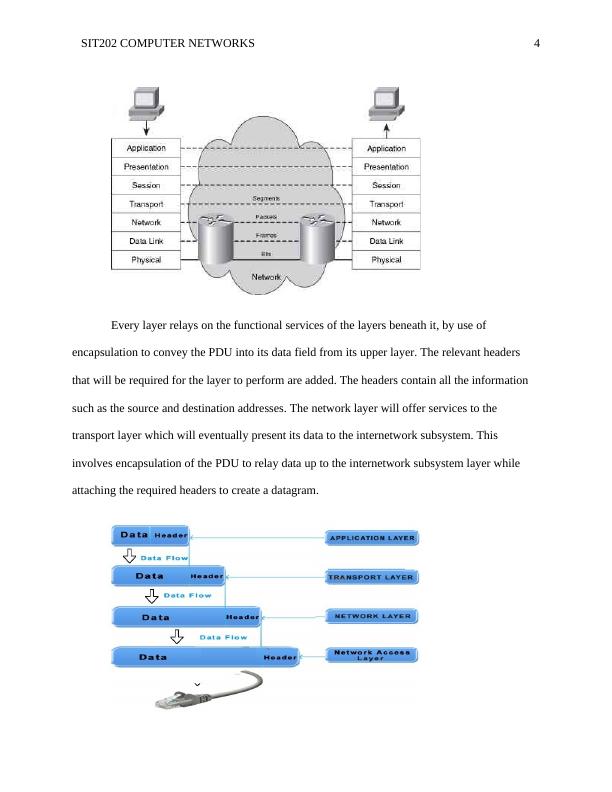SIT202 Computer Networks: TCP/IP Protocol, Network Loop, Data Encapsulation, Point-to-Point Network, Modulation, Collision
Added on 2023-06-08
14 Pages1888 Words349 Views
End of preview
Want to access all the pages? Upload your documents or become a member.
Computer Networks: Encapsulation, Switched Network, PPP, Modulation
|16
|2497
|343
Internet Technologies and Their Role in the Modern World
|13
|3035
|186
Network and Communications
|11
|2467
|424
Computer and Information Networking
|9
|1603
|179
Fundamental of Computer System
|11
|2560
|288
OSI Model and TCP/IP Protocol Suite
|7
|1495
|490




